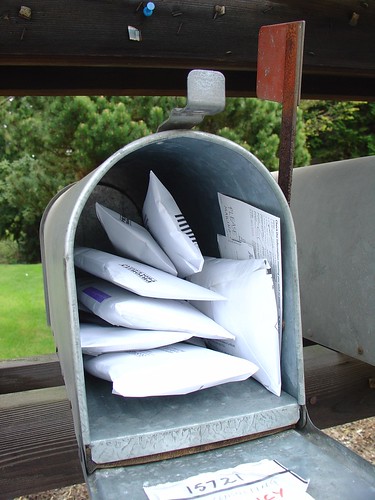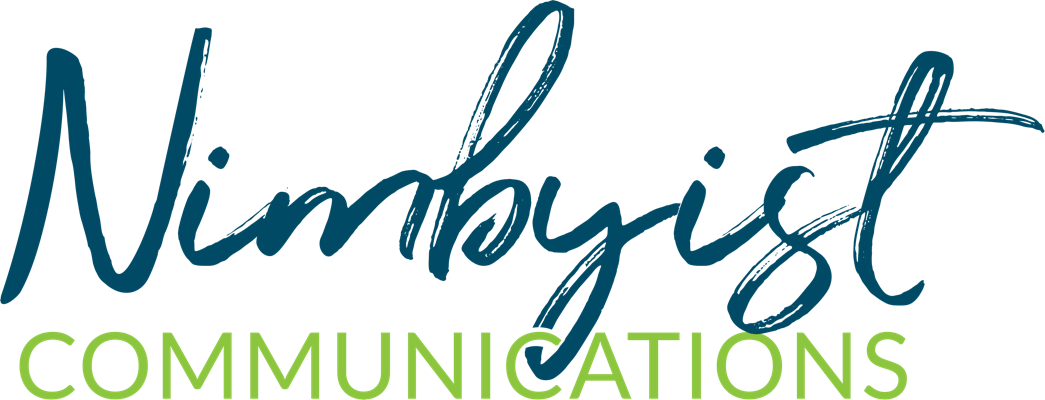 Building an email subscription list from scratch is new to me. I confess, Google serves up a stack of advice, but finding out what works – for you, the reader, and for me – is my new challenge.
Building an email subscription list from scratch is new to me. I confess, Google serves up a stack of advice, but finding out what works – for you, the reader, and for me – is my new challenge.
As an organization, you may have historical lists to pull from: volunteers, donors, partners. But you have to start somewhere, and then you need to figure out what to do next. Here’s a list of ideas I’ve started, largely based on things I’ve seen that didn’t work. I’d really appreciate your advice in the comments!
(And if you haven’t already, you can subscribe to my newsletter here!)
Learn to love your list
Get to know your subscribers. I don’t mean stalking everyone who signs up; if you’ve run a distinct campaign (like a contest or event), show you recognize that your new connections may be very different from your regular fans.
Consider this phased approach:
- “Thanks for joining us”. Remember: This person may have no history with your organization. Saying thanks, and showing how they’ve helped, is a great place to start.
- “Let me tell you a bit about us”. Introduce your cause to this new friend. This could become a beautiful relationship; don’t ruin it by being needy!
- “We could use your help”. Good news! You’ve thanked them, you’ve introduced your organization, and they haven’t unsubscribed yet. They may be interested in helping out, so let them know all the different ways they can get involved.
Support should never be “negative option billing”
In the mid-1990’s, Canadian cable companies added a selection of new channels through something called negative option billing; to avoid paying for them, you had to specifically opt out.
It didn’t work for cable and it definitely won’t work for your nonprofit organization. In fact, I’m pretty sure that adding people to your email list without their consent qualifies you as a spammer.
So what can you do if you end up with a list of potential supporters?
- Say hello via email. Let them know where you connected (i.e. how you got their email address), and invite them to learn more by subscribing to your email list. If they don’t bite, don’t add them!
- Use the phone. If appropriate and relevant – i.e. perhaps you met in person – why not call and ask if they’d like to get involved?



I’m enjoying your enews Amy!
My advice comes by way of an Internet marketer’s program that I followed when I began my own enews, The Grow Report a year or two ago. The program stressed consistency and building a relationship with your list, so I made it a point to publish weekly. I’ve also found, purely by trial and error, that early morning works out as the best time to send – perhaps because, if my email comes later in the day folk simply don’t have the time to read it. Last up, and this is something I tell clients, deliver great content. While it’s exceedingly rare that a reader actually uses the forward button in my emails, they are forwarding them. My open rates will show some individuals who have forwarded a particular email on to the point where it’s been opened over 50 times. You’ll reach a sort of “critical mass” point where your list will simply begin to snowball with little effort. You’re off to a great start!
I think you do a great job building relationships through your newsletter; the honesty in your recent post “Are you playing it safe with your nonprofit communications” (for anybody who missed it: http://bit.ly/hdRhut) partly inspired this post; sometimes we just don’t have all the answers!
I really appreciate your advice, thank you for sharing it.